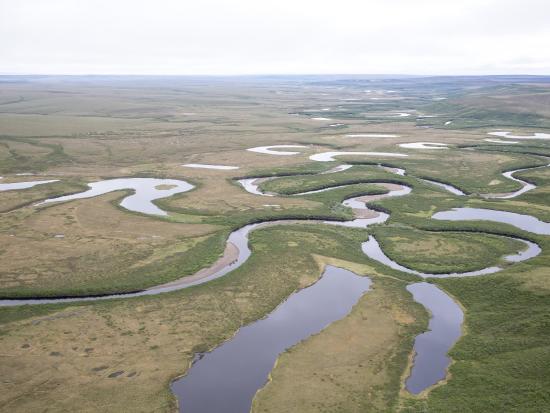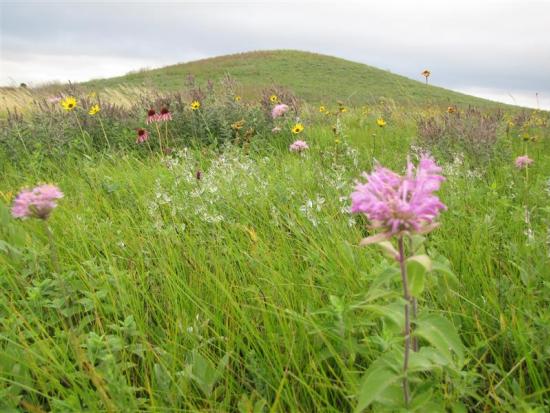Obama Administration Protects 30,000 Acres from New Mining Claims near Yellowstone National Park
You are viewing ARCHIVED content published online before January 20, 2025. Please note that this content is NOT UPDATED, and links may not work. Additionally, any previously issued diversity, equity, inclusion or gender-related guidance on this webpage should be considered rescinded. For current information, visit https://www.doi.gov/news/newsroom

Date: November 21, 2016
Contacts: Interior_press@ios.doi.gov
Mike Illenberg; Mike.Illenberg@oc.usda.gov
PRAY, Mont. - U.S. Secretary of the Interior Sally Jewell today joined Under Secretary of Agriculture Robert Bonnie, U.S. Senator Jon Tester and Montana Governor Steve Bullock to announce actions to protect important land near Yellowstone National Park from the threat of mining.
New mining claims will now be prohibited on approximately 30,000 acres of U.S. Forest Service land near the park’s northern entrance. The segregation will be in effect for two years while the Departments of Interior and Agriculture evaluate whether to withdraw this land from new mining claims for an additional 20 years, consistent with the Secretary’s authority.
“There are good places to mine for gold, but the doorstep of Yellowstone National Park is not one of them,” said Secretary Jewell. “As we celebrate 100 years of the National Park Service, today’s action helps ensure that Yellowstone’s watershed, wildlife and the tourism-based economy of local communities will not be threatened by the impacts of mineral development.”
“As trustees of our national parks and forests, taking a time-out to balance the benefits of our natural resources and recreation-based local economies against mineral extraction is a commitment we owe the American taxpayer,” said U.S. Secretary of Agriculture Tom Vilsack. “This need is much more pressing where the potential risks to our extraordinary natural resources and the health of our rural towns are significant.”
Yellowstone National Park saw record breaking visitation in 2015 — 4.1 million visitors — many of whom came to experience the spectacular scenery, abundance of wildlife and relatively undisturbed natural conditions of this remarkable ecosystem. Maintaining high water quality and high-value fisheries are critical to local fisherman and outfitting and guiding businesses. A particular draw for visitors to the Park and the surrounding National Forest lands are the thousands of elk, mule deer, moose, bighorn sheep, pronghorn and bison that migrate from winter ranges in Wyoming, Montana and Idaho to high-elevation summer ranges near the core of Yellowstone National Park. The proposed mineral withdrawal provides critical linkages to major corridors for wildlife migrating to and from Yellowstone.
Neither the Yellowstone segregation nor any withdrawal would prohibit ongoing or future mining exploration or extraction operations on valid pre-existing claims. An exploration permit for the Emigrant tract is currently pending with the Montana Department of Environmentally Quality. Neither the segregation nor the proposed withdrawal would prohibit any other authorized uses on these lands.
During the segregation period, the agencies will conduct an environmental analysis to determine if the lands should be withdrawn for a period of 20 years. This process will invite participation by the public, tribes, environmental groups, industry, state and local government, as well as other stakeholders. Only Congress can legislate a permanent withdrawal.
A 90-day public comment period on the proposed withdrawal will end February 20, 2017. The Custer-Gallatin National Forest will conduct a public meeting for the proposal on January 18, 2017 from 4-7 p.m. at the Shane Center in Livingston, Montana. During the public comment period, written comments about the proposed mineral withdrawal may be submitted to: Supervisor’s Office of the Custer-Gallatin National Forest, 10 East Babcock Ave., Bozeman, Montana.
- Press Release
- Press Release
- Press Release




